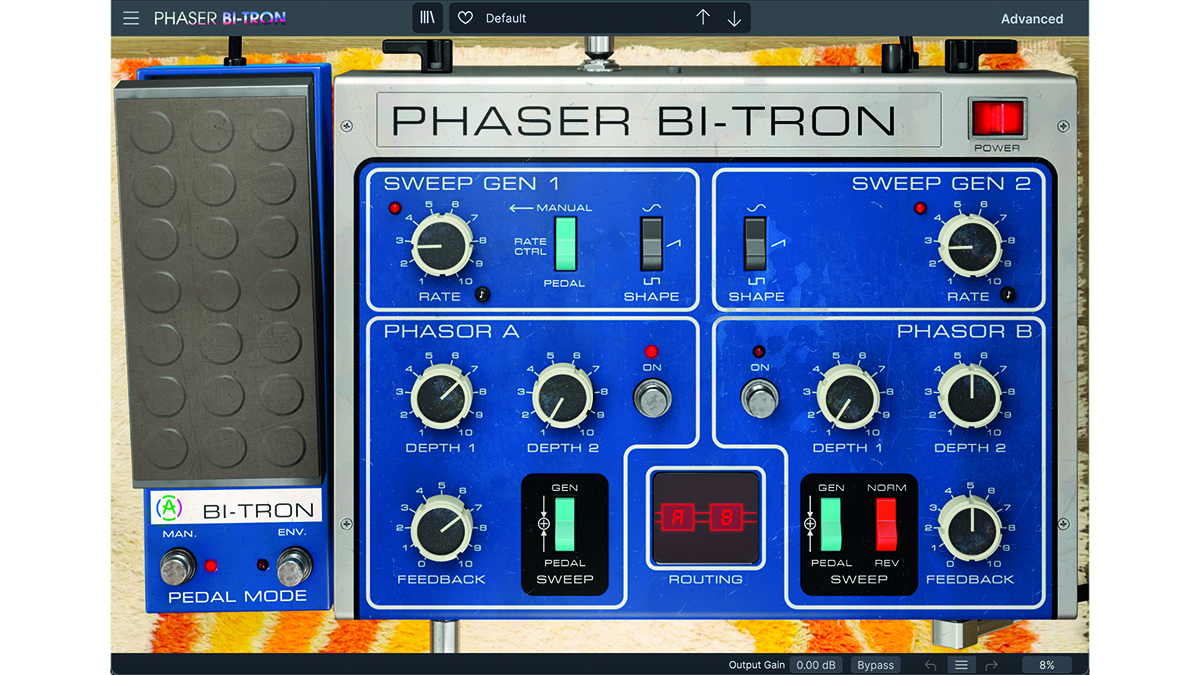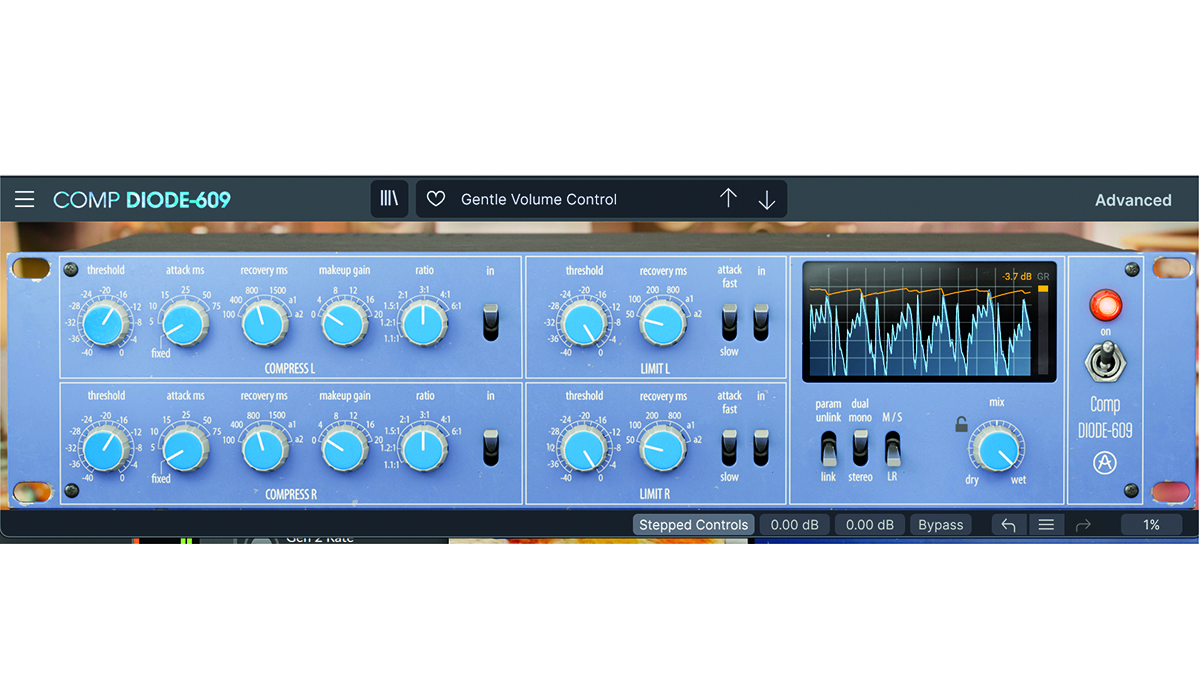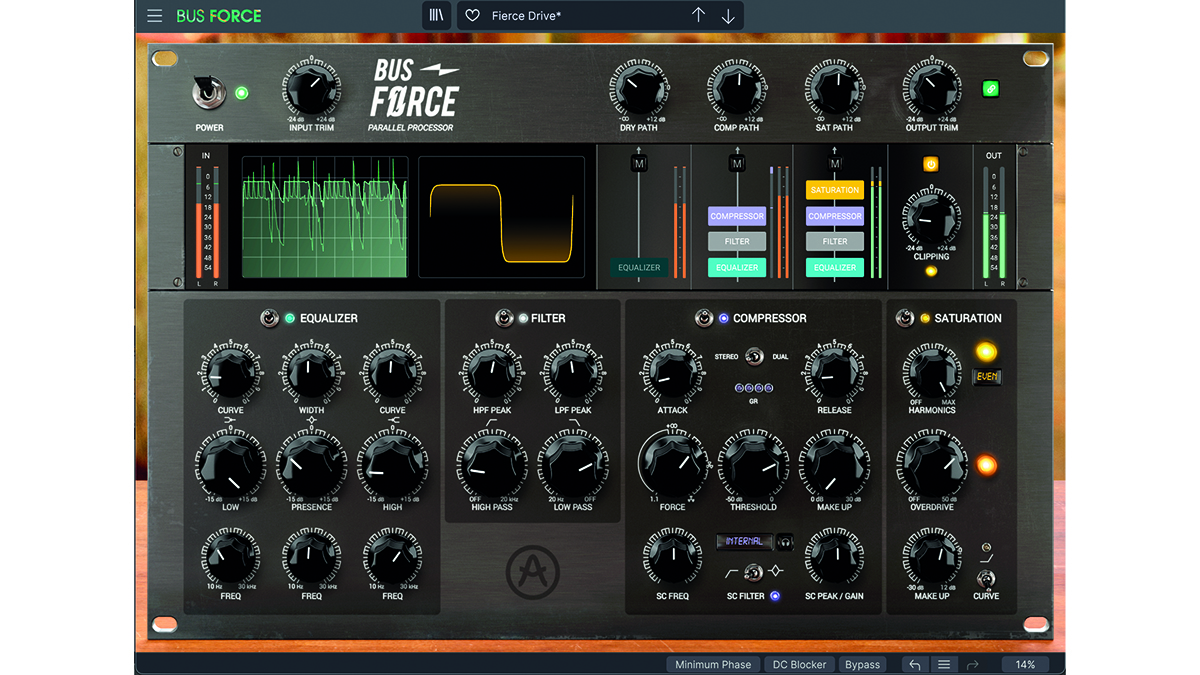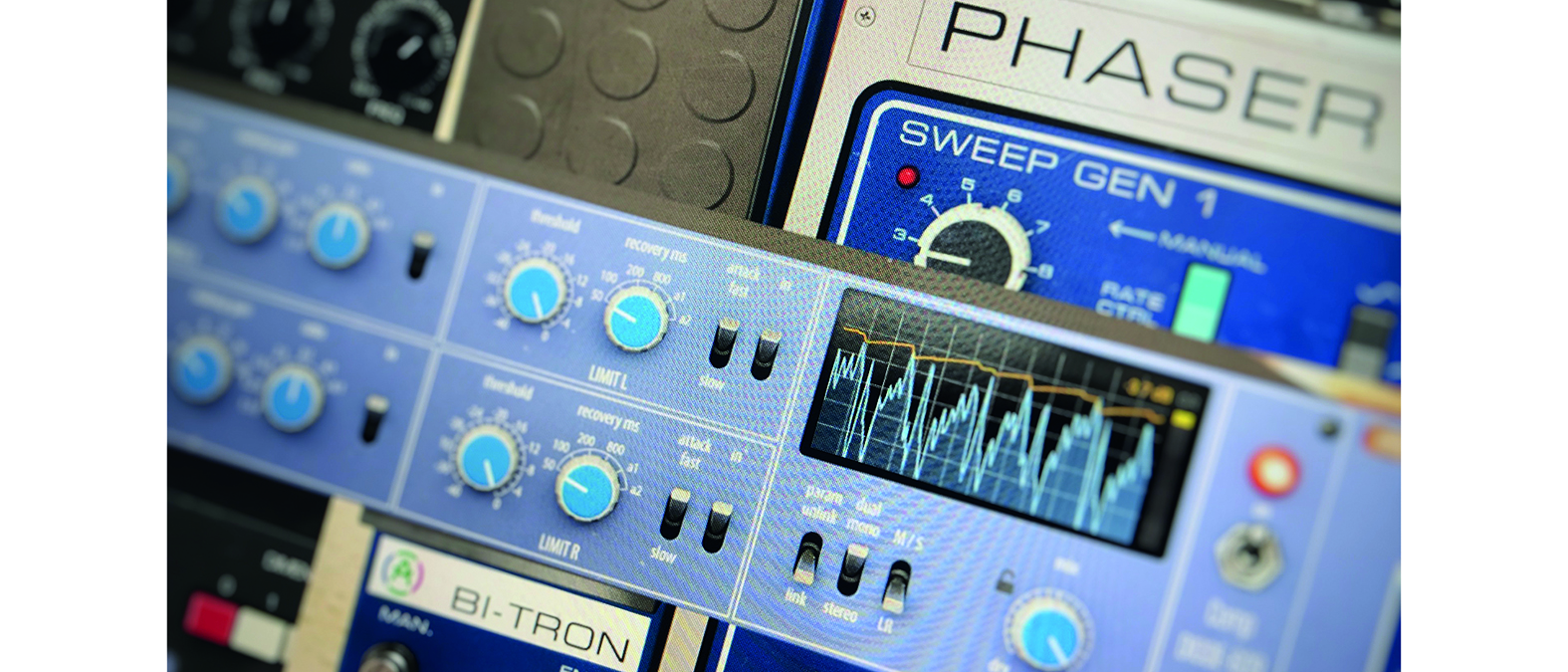MusicRadar Verdict
Arturia’s effects range keeps getting better, and Bus Force is a new highlight. A great value, impressively consistent collection.
Pros
- +
Bus Force is a highlight – great for adding punch and gritty distortion.
- +
New emulations are each impressive and nicely varied.
- +
Advanced tools and in-plugin tutorials add a lot.
Cons
- -
Does creative duties and characterful effects better than precise mixing.
MusicRadar's got your back
What is it?
Over the past few years Arturia has been trickling out virtual effects under the umbrella of its ‘Effects You’ll Actually Use’ series – a clunky moniker but a factual one.
By combining, for the most part, quality analogue emulations with well-considered modern features, Arturia has hit on a winning formula. Its delays and filters, in particular, have become go-to plugins as a quick and inspiring source of creative processing.
The company’s FX Collection bundles all of these effects into one place, a total of 22 plugins for this second iteration. The collection can, mostly, be broken down into groups of three by category – three filters, three delays, three reverbs, three compressors, three preamps. New for Arturia FX Collection 2are a trio of bus processors and, breaking from tradition, four modulation effects.




Performance and verdict
Three of these modulation effects were released as their own bundle last year. They are emulations of Roland’s Dimension D chorus, the BF-20 flanger and a stompbox-inspired phaser (here named Dimension D, BL-20 and Bi-Tron respectively).
All three hit the mark and their usefulness is expanded considerably by Arturia’s Advanced View extras and in-plugin tutorials. The Dimension D, like its inspiration, is fantastic for adding instant width, but the Bi-Tron phaser is a fantastic tool for warping synth leads and basses.
The final modulation effect is a clone of the lauded dual-mode Juno chorus. It’s hardly a rarity in the emulation sphere, and Arturia’s take is fairly straightforward, but it sounds on-the-money and is a nice addition to the overall package.
Arturia’s effects range is great and this latest package is all-round impressive.
The bus effects are some of the most interesting Arturia has produced. The trio here includes the Neve-inspired Comp DIODE-609 and an emulation of Siemens Sitral EQs, named EQ SITRAL-295. The FX Collection has generally lent more towards creative tools than mixing effects, so these are really nice additions that round out the package well. While both capture the vibe of their hardware inspirations, they’re enhanced with tools such as mid-side processing and more precise control over EQ frequencies.
The final bus processor, Bus Force, is an original, combining a variety of effects in a semi-modular container app. These effects mix modern and retro inspirations – there’s an Oberheim-style filter, a Pulteq EQ, and saturation and a punchy VCA compressor both inspired by Overstayer hardware.
As a combined package, it’s fantastic. This is no master bus processor though; you could use it for some final subtle tweaks, but it’s by far at its best used on individual sounds or drum groups, as a tool to smash, distort or add punch.
Misgivings about the naming convention aside, Arturia’s effects range is great and this latest package is all-round impressive. For the price point, it covers a lot of bases and there are no real duds among the 22 inclusions.
It’s perhaps not quite the only effects bundle you’ll ever need – creativity and character are still served better than precise mixing tools – but it can handle a very good chunk of your music-making duties.
MusicRadar verdict: Arturia’s effects range keeps getting better, and Bus Force is a new highlight. A great value, impressively consistent collection.
The web says
"If you’re in the market for an effects package, FX Collection 2 should be at the top of your shopping list. It has most everything you could need and sounds just incredible."
Attack Magazine
Hands-on demos
Arturia
ADSR Music Production Tutorials
Creative Sauce
White Sea Studio
Specifications
- KEY FEATURES: 22 effects plugins including filters, preamps, delays, reverbs, compressors, modulation and bus effect.
- CONTACT: Arturia
I'm the Managing Editor of Music Technology at MusicRadar and former Editor-in-Chief of Future Music, Computer Music and Electronic Musician. I've been messing around with music tech in various forms for over two decades. I've also spent the last 10 years forgetting how to play guitar. Find me in the chillout room at raves complaining that it's past my bedtime.
With its latest free update, Ableton has finally turned Note into the app I always wanted it to be
Technically capable, but struggle to make your tunes sound musical? 5 simple music theory hacks to make your tracks stand out
"Despite its size, it delivers impressive audio quality and premium functions as well as featuring a good selection of inspired sounds": Roland GO:Piano 88PX review










